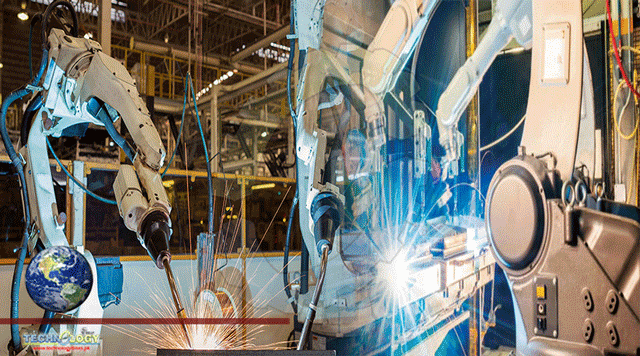Market Research Future Published A Research Report On “Construction Robot Market Research Report – Forecast To 2023”.

Market Research Future Published A Research Report On “Construction Robot Market Research Report – Forecast To 2023” – Market Analysis, Scope, Stake, Progress, Trends And Forecast To 2023.
Market Overview
Reducing the workload for humans, the construction industry is embracing automation for commercial construction, demolition, and renovation. Automation is opening the skies for construction robots. The new research report about the global Construction Robot Market published by Market Research Future (MRFR) measures prosperity for this market at 17% CAGR between 2018 and 2023. In terms of monetary value, the market can be worth USD 165 mn by the end of the forecast period.
The foremost factor driving the growth of global construction robot market is advancements in industrial robotics that have resulted in implementation on unmanned aerial vehicles (UAVs), better known as drones, in the construction industry. UAVs are mostly used for accessing hazardous zones, capturing accurate data for large sites, health & safety inspections, and site surveying. Exoskeleton products like wearable mechanical suits can augment human capacity and overcome physical weaknesses, thus, helping workers to lift heavy equipment, machinery, and supplies. Other factors bracing the market growth include the adoption of automation by construction companies, increase in skyscrapers, surge in mixed-use building projects, lack of workforce in the developed countries, and high investments in research & development (R&D) by construction companies. However, some factors that can damage the market growth prospects include high initial costs. But this can be averted by by adopting robotic solutions that include the adoption of robotic solutions and automation.
Key Players:
The protruding players in the market of Global Construction robot are listed as Brokk AB (Sweden), Husqvarna (Sweden), Esko Bionics (U.S.), Komatsu (Japan), Conjet AB (Sweden), TopTec Spezialmaschinen GmbH (Germany), Construction Robotics (U.S.) Fastbrick Robotics (Australia), Autonomous Solutions (US), Apis Cor (Russia), nLink (Norway), Yingchuang Building Technique Co. (WinSun) (China), Advanced Construction Robotics (US), MX3D (Netherlands), CyBe Construction (Netherlands), Cyberdyne (Japan), Giant Hydraulic Tech (China), Alpine Sales and Rental (US) and Beijing Borui Intelligent Control Technology (China).
Market Segmentation:
The global construction robot market segmentation covers automation, design type, function, and vertical. The automation-based segmentation of this market covers autonomous and semi-autonomous. By design type, the market has been segmented into the exoskeleton, robotic arm, and traditional robot. Based on the function, the market has been segmented into 3D printing, bricklaying, concrete structural erection, demolition, doors & windows installation, finishing work, and others. In the context of vertical, the market has been segmented into commercial & residential buildings, nuclear dismantling & demolition, public infrastructure, and others. The “others” segment covers road construction and tunnel construction.
Regional Analysis:
Region-specific outline of the global construction robot market encompasses Asia Pacific, Europe, North America, and Rest of the World (RoW). The Asia Pacific region is adopting automation in mining and construction industries while dominating the global market. Top countries adopting such automation include Australia, India, China, Malaysia, and Vietnam. Japan is a pioneer in the adoption of robots in the construction sector as it started implementing automation in construction activities in the 1980s. Other countries of the Asia Pacific region also strengthen market growth.
During the forecast period, the European market is expected to surge due to the increasing demand for construction and demolition robots in the construction sector. Other factors increasing the market growth include the increasing number of government regulations, and growth in residential construction projects as well as non-residential construction projects. Maximum demand, as well as revenue for robots, come from France, Germany, and the UK. In North America, the market anticipates attaining sustainable growth during the forecast period due to increased worker safety, need for cost & waste reduction, demand for precision & efficiency in production, shortage of skilled labor, and use of drones on construction sites. The most technologically advanced country-specific markets in this region are the USA and Canada. Mexico is the third important country-specific market in this region.
This news was originally published at Lion Low Down.
